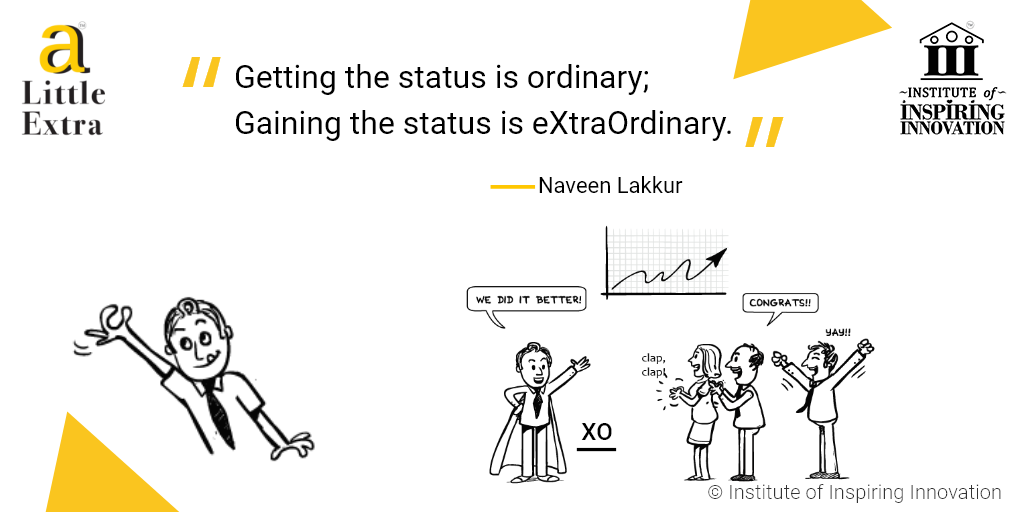Gaining the status is eXtraOrdinary

“Getting the status is ordinary; Gaining the status is eXtraOrdinary.” – Naveen Lakkur
Nothing is indeed handed over to us on a silver platter. Everyone must work hard to get the status. Even people born in a wealthy family must keep working hard to keep their status. Some people go a Little Extra and then make themselves so useful that they gain the status. Let us look at people who have achieved status in a hard (smart) way.

Leave a comment